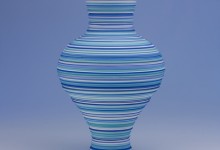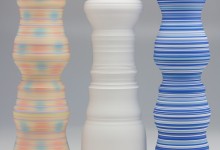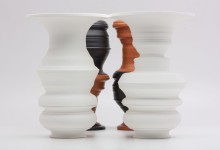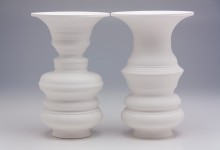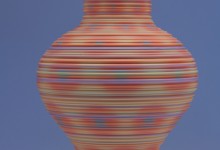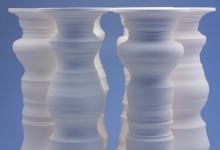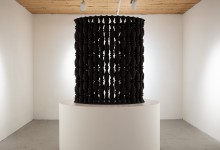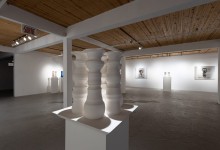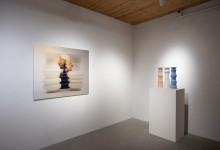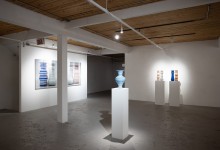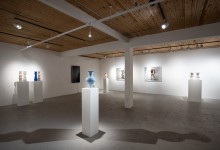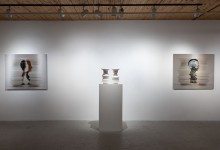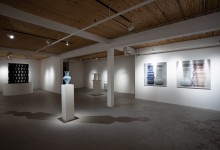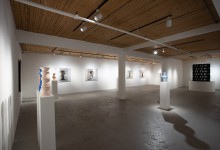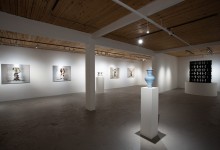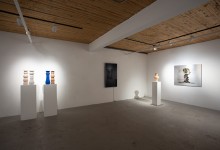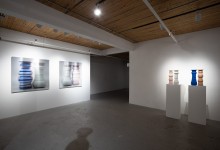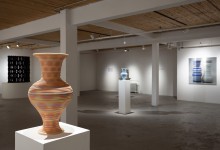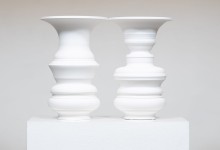Opening reception: Saturday, January 11, 2020 from 3 p.m. to 5 p.m.
Greg Payce: Transfiguration
Art Mûr Montréal
Text by Anaïs Castro
Earth remembers everything. Layers upon layer of dirt record the passage of time like the concentric circles of a tree. Greg Payce departs from this consideration of a layered consciousness to produce work that stems from an interest in humanity, first and foremost. His engagement with ceramics over the last four decades testifies to a profound understanding of the material’s physical possibilities and inherent conceptual potential. The history of ceramics runs parallel to that of humankind. For centuries humans have shaped earth to make functional and beautiful objects. And while becoming breakable in its fired state, it is the fragments of ceramic objects found at various archaeological sites and that narrate the history of civilizations before ours. Payce is aware of the historical significance of his material of predilection. As he creates profiles of human faces or human bodies in the negative space between his vases, he forces the viewer to look beyond the visible and reveal the beauty that lies in between things. The most fundamental human experiences are not tangible things: longing, growth, love, imagination, etc.
Over ten years ago, Payce began using lenticular prints and videos to bring movement in his work. This new development signals an artist that continues to challenge himself and continues to further his artistic research. Because of the prevalence of ceramics across time and cultures, Payce’s references are multiples and geographically varied. This is particularly true in his series The Customs and the Spirit of the Nations, a series of lenticular prints titled after an influential essay by Voltaire. Here, Payce presents a generic human form in front of a curated selection of culturally specific ceramic objects. In other works, he points to early examples of international trade between the East and the West and references some of the most influential traditions of ceramic making, from Italian Albarello, to pre-revolution Sèvres garnitures and Meißen figurines, confirming the uninterrupted development of ceramics throughout history. This represents a new shift in the development of the artist’s practice. He is exploring how culture and philosophical ideas materialize formally.
There is something metaphysical in creating an anonymous body shape which points to a form of unity with nature that is acquired from consciousness through and within matter. In this way, his work is profoundly spiritual. That is perhaps best conjured through the work titled Adam and Eve which draws from the Judaeo-Christian genesis story. Greg Payce’s work does not attempt to explain anything in particular; but is rather concerned with the possibilities and potential associated with the transformation of his material of predilection, earth, into a powerful apparatus of transmission. Payce’s work oscillates between the desire to conceal and disclose. His work shifts between inside and outside, negative and positive spaces while pointing simultaneously to natural occurrences and human intervention, life and death, past and present.


